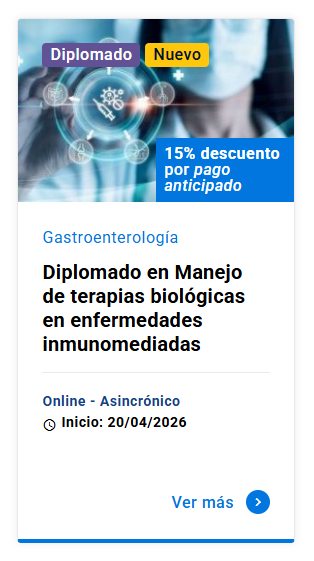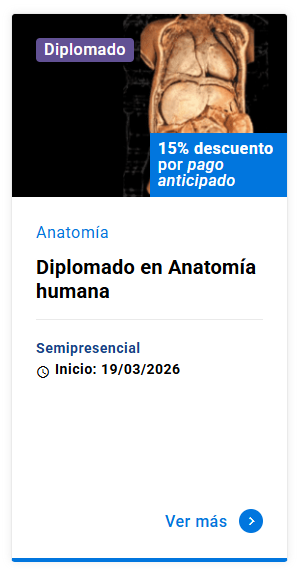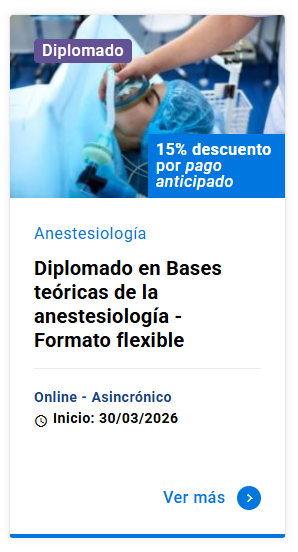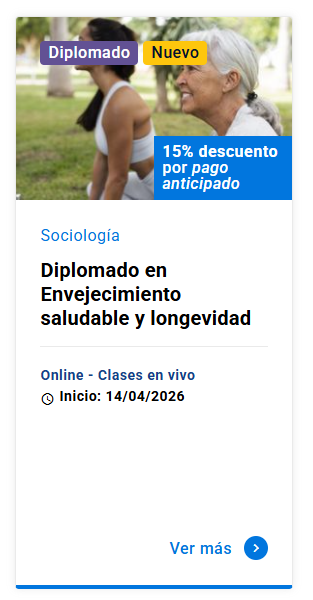Educación Médica Continua (EMC)
DOI:
https://doi.org/10.11565/arsmed.v36i2.145Palabras clave:
desarrollo profesional continuo, aprendizaje vitalicioResumen
La educación médica continua (EMC) puede ser definida como todo medio o conjunto de ellos dirigidos a cambiar la conducta de un médico de manera de mejorar permanentemente los resultados de su actuar con los pacientes, individualmente, en una comunidad o en un sistema de salud. Los modelos prevalentes de EMC no aseguran estos resultados, por lo que es necesario un esfuerzo sostenido y sistemático de todas las partes involucradas: los individuos, las escuelas de Medicina y sociedades científicas, los entes acreditadores y certificadores y las instituciones de salud. La EMC debe ser autodirigida, basada en la responsabilidad individual, iniciarse con la determinación de necesidades de aprendizaje fundada en la práctica diaria, seguir con la identificación de soluciones para los problemas o brechas encontrados, con un aprendizaje experimental y el uso secuencial de diferentes metodologías que mejor aseguren el cambio conductual, el impacto real en el cuidado de los pacientes y su mantención en el tiempo. Para ello, debe iniciarse en el pregrado de la escuela de Medicina, perfeccionarse en el postítulo y seguir durante toda la vida activa del médico. Basar la educación y la práctica en la mejor evidencia disponible, en un enfoque sistémico y en el mejoramiento de la calidad es la mejor esperanza para generar estos resultados y prolongarlos en el tiempo.Descargas
Citas
Bennett N.L., Davis D.A., Easterling Jr. W.E., Friedmann P., Green J.S., Koeppen B.M., Mazmanian P.E., Waxman H.S. Continuing Medical Education: A New Vision of the Professional Development of Physicians. Acad. Med. 2000; 75: 1167-1172.
Mazmanian P.E., Davis D.A. Continuing Medical Education and the Physician as a Learner. Guide to the Evidence. JAMA 2002; 288: 1057-1046.
Peck C., McCall M., McLaren B., Rotem T. Continuing medical education and continuing professional development: international comparisons. BMJ 2000; 320: 432-435.
Davis D., Evans M., Jadad A., Terrier L., Rath D., Ryan D., Sibbald G., Straus S., Rappolt S., Wowk M., Zwarenstein M. The case for knowledge translation: shortening the journey from evidence to effect. BMJ 2003; 327: 33-35.
Norman G.R., Shannon S.I., Marrin M.L. The need for needs assessment in continuing medical education. BMJ 2004; 328: 999-1001.
Donen N. No to mandatory continuing medical education, Yes to mandatory practice auditing and professional educational development. CMAJ 1998; 158: 1044-1046.
Towle A. Continuing medical education: Changes in health care and continuing medical education for the 21st century. BMJ 1998; 316: 301-304.
Ludmerer K.M. and Johns M.M.E. Reforming Graduate Medical Education NEJM 2006; 294: 1083-1087.
Walton H., ed. World Federation for Medical Education. Proceedings of the 1993 World Summit on Medical Education. Med. Education 1994; 28 (Suppl 1): 1-117.
General Medical Council. Tomorrow’s Doctors: Recommendations on Undergraduate Medical Education. London: General Medical Council, 1993.
Chief Medical Officer. An organisation with a memory. London: Department of Health, 2000.
Pruitt S.D. and Epping-Jordan J.E. Preparing the 21st century global healthcare force. BMJ 2005; 330: 637-639.
Crossing the Quality Chasm. Committee on Quality of Health Care in America, Institute of Medicine. National Academy Press: Washington, 2001.
Mazmanian P.E., Davis D.A. 2002, óp. cit.
Smith W.R. Evidence For The Effectiveness of Techniques To Change Physician’s Behavior. Chest 2000; 118: 8S-17S
O’Brien M.A., Freemantle N., Oxman A.D., Wolf F., Davis D.A., Herrin J. Continuing education meetings and workshops: effects on professional practice and health care outcomes (Review). The Cochrane Collaboration, The Cochrane Library, 2006.
Mazmanian P.E. y Davis D.A., 2002, óp. cit.
Duffy F.D., Holmboe E.S. Self-assessment in Lifelong Learning and Improving Performance in Practice. Physician Know Thyself. JAMA 2006; 296: 1137-39.
Slotnick H.B. Physician’s Learning Strategies. Chest 2000; 118: 18S-23S.
Davis D.A., Mazmanian P.E., Fordis M., Van Harrison R., Thorpe K.E., Terrier L. Accuracy of Physician’s Self-Assessment Compared With Observed Measures of Competence. A Systematic Review. JAMA 2006; 296: 1094-1102.
Tracey J., Arroll B., Barham P., Richmond D. The validity of general practitioners’ self assessment of knowledge. BMJ 1997; 315: 1426-1428.
Norman G.R. and cols, 2004, óp. cit.
Sibley J.C., Sackett D.I., Neufeld V., Gerrad B., Rudnick K.U., Fraser W. A randomized trial of continuous medical education. NEJM 1982; 306: 511-515.
Davis D.A. and cols, 2006, óp. cit.
Majumdar S.R., McAlister F.A., Furberg C.D. From Knowledge to Practice in Chronic Cardiovascular Disease: A Long and Winding Road. J Am Coll Cardiol 2004; 43: 1738-1742.
Cooke M., Irby D.M., Sullivan W., Ludmerer K.M. American Medical Education 100 Years after the Flexner Report. NEJM 2006; 355: 1339-1344.
Chief Medical Officer. Good doctors, safer patients. London: Department of Health, 2006.
Mazmanian P.E. y Davis D.A. 2002, óp. cit.
Cantillon P., Jones P. Does continuing medical education in general practice make a difference. BMJ 1999; 318: 1276-1279.
Smith W.R. 2000, óp. cit.
Manning P.R., DeBakey L. Continuing Medical Education: The Paradigm Is Changing. J Continuing Education Health Professions 2001; 21: 46-54. 2001.
Sachdeva A.K. The New Paradigm of Continuing Education in Surgery. Arch Surg 2005; 140: 264-269.
Challis M. AMEE Medical Education Guide Nº 19: Personal Learning Plans. Med. Teacher 2000; 22: 225-236.
Norman G.R. y cols, 2004, óp. cit.
Grant J. Learning needs assessment: assessing the need. BMJ 2002; 324: 156-159.
Walsh K. How to assess your learning needs. J Roy Soc Med 2006; 99: 29-31.
Harden R.M., Grant J., Buckley G., Hart I.R. BEME Guide Nº 1: Best Evidence in Medical Education. Med. Teacher 1999; 21: 553-562.
Tian J., Atkinson N.L., Portnoy B., Gold R.S. A Systematic Review of Evaluation in Formal Continuing Medical Education. J. Cont. Educ. Health Professions 2007; 27: 16-27.
Cantillon P. y Jones P. 1999, óp. cit.
Manning P.R. y DeBakey L. 2001, óp. cit.
Berwick D.M. Developing and Testing Changes in Delivery of Care. Ann. Intern. Med. 1998; 128: 651-656.
Lee, T.H. Eulogy for a Quality Measure. NEJM 2007; 357: 1175-1177.
Walton H. 1993, óp. cit.
Greiner A.C., Knebel E. (eds.) Health Professions Education: A Bridge to Quality. Committee on the Health Professions Education Summit, Institue of Medicine, Nacional Academy Press: Washington, 2004.
General Medical Council, 1993, óp. cit.
Maudsley G. and Strivens J. Promoting professional knowledge, experiential learning and critical thinking for medical students. Med. Education 2000; 34: 535-544.
Towle A. 1998, óp. cit.
Ludmerer K.E., Johns M.M.E. 2006, óp. cit.
Peck C. and cols, óp. cit. 50 Donen N. 1998, óp cit. 51 Stinson L., Pearson D., Lucas B. Developing a learning culture: twelve tips for individuals, teams and organizations. Med Teacher 2006; 28: 309-312.
Descargas
Publicado
Cómo citar
Número
Sección
Categorías
Licencia
Derechos de autor 2007 ARS MEDICA Revista de Ciencias Médicas

Esta obra está bajo una licencia internacional Creative Commons Atribución-CompartirIgual 4.0.
Los autores/as conservan sus derechos de autor y garantizan a la revista el derecho de primera publicación de su obra, la que estará simultáneamente sujeta a la Licencia CC BY-SA 4.0 (Ver declaración de Acceso Abierto).







